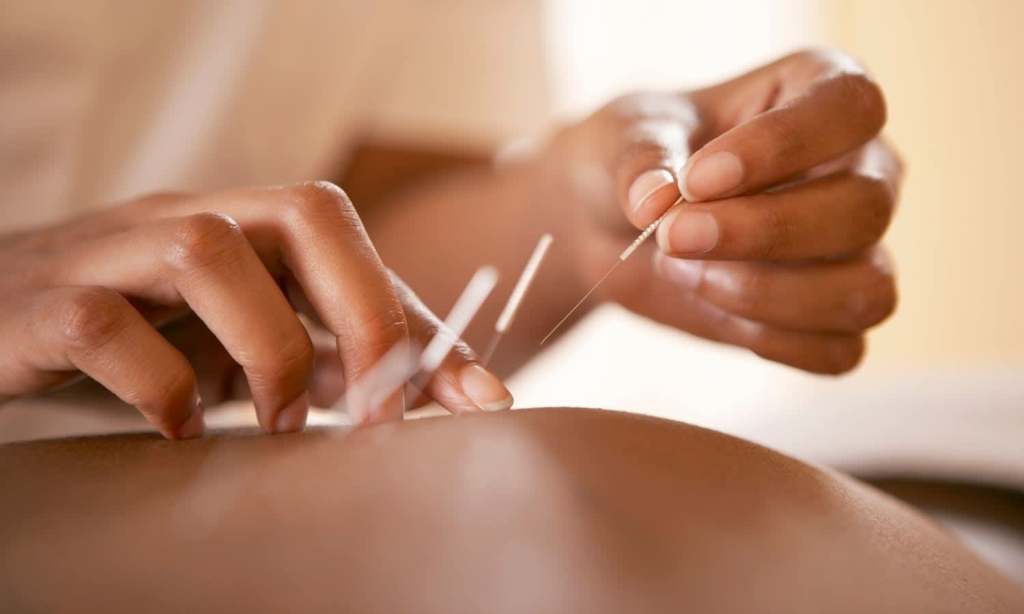Alternative medicine is having a comeback. That’s not entirely true, being as alternative medicine has been around for millennia. It’s more that alternative medicine is much more widely accepted — and heavily used — in westernised countries.
Over the last few decades, there’s been a paradigm shift. Countries that originally took pride in their use of scientific, evidence-based practice are now offering alternative medicine as a part of their health insurance plans — often under their extras, but it’s something. Alternative medicine — also known as complementary medicine — is so popular in Australia, that two out of three Australians use some form of it.
It may be ashwagandha supplements, copper energy rings, healing crystals or hypnotherapy. Or maybe, as you gathered from this headline, it’s acupuncture — potentially, one of the most well-known alternative methods.
The history of acupuncture
According to the journal International Review of Neurobiology, acupuncture has been practised in China for over 3,000 years. The Rheumatology journal states that the first document that “unequivocally” describes what is recognized as acupuncture is dated from about 100BCE.
Present in the text is Taoist philosophy and concepts of channels in which the Qi flows. Channels, meaning meridians or conduits, Qi meaning vital energy or life force — we’ll get to it later.
In the years of the Ming Dynasty, from 1368 to 1644, is when the basis of modern acupuncture is formed. It comes from the publication The Great Compendium of Acupuncture and Moxibustion. This publication expanded on the aforementioned Qi energy, with a “clear description of the full set of 365 points that represent openings to the channels through which needles could be inserted”.
As for when it spread to Europe and America? It was a wide berth, from the 16th century through to the 19th century.
How does acupuncture work?
Essentially, acupuncture needles trigger specific points on the skin. But first, let’s circle back to the channels and Qi. Essentially, qi (pronounced chi) is an invisible life-giving force that the body is filled with and animated by. Channels, or ‘jing luo’, is how qi flows throughout the body.
Licensed acupuncturist Paul Kempsity, explained to Healthline that with the Chinese philosophy, “When the qi was flowing well and going to all the right places, then a person would experience good mental and physical health. When the qi was flowing incorrectly (blocked or deficient) that would result in illness.”
As for a more contemporary explanation? The aforementioned needles — which are minimally invasive — stimulate “nerve-rich areas of the skin surface.” By doing so, the immune system responds, promoting circulation to the area, wound healing, and pain modulation, according to Kempsity.
What can acupuncture treat?
A lot, according to John Hopkins Medicine. Studies have shown it is an effective treatment “alone or in combination with conventional therapies” for a multitude of ailments, illnesses and diseases. These include nausea caused by cancer chemotherapy; addiction; headaches; menstrual cramps; fibromyalgia; osteoarthritis and more.
Studies have shown how promising acupuncture is on the alleviation of lower back pain, calling it a “first-line treatment”.
Is acupuncture safe?
Yes, as long as you go to a qualified acupuncturist. According to Better Health Channel, anyone who wishes to practise acupuncture has to be registered to practice by the Australian Health Practioner Regulation Agency (say that five times fast).
Read more stories from The Latch and subscribe to our email newsletter.







